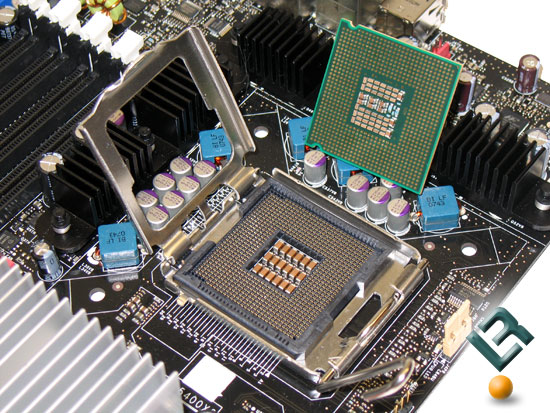Difference between Motherboard and Processor

Motherboard and processor are two main components of CPU (Central Processing Unit) and act as the backbone of a computer. There are several differences between motherboard and processor, but mentioning some of the major will help you understand why the two things have so much importance.
Motherboard is board that has a series of tiny circuits. These circuits act as a bridge among processor, RAM (Random Access Memory) and other important parts, helping them coordinate with each other and run the CPU. On the other hand, processor is a compact chip that acts as the brain of the computer. Processor is attached to other components on motherboard and its role is to transfer the information to the computer.
Instructions
-
1
Motherboard
Motherboard is the central circuit board and the most important component in a computer. On a motherboard, there several individual components such as processor, memory, the BIOS chip with the integrated firmware, interfaces, modules and slots for expansion cards to be installed, and other important conductors.
Without a motherboard, a computer is good for nothing as it acts as platform to help other important parts communicate with each other. The motherboard typically contains sockets for the processor, memory modules, and expansion cards such as graphics, sound and network cards and modules that connect the components together. These days, motherboard comes in several sizes. Features such as the storage controllers are now integrated in the CPU itself, so a two-chip design is considered unnecessary.
There are also internal component on the motherboard such as Serial ATA ports Serial ATA ports are now a standard for hard drives and optical drives. Floppy drives which were once used to be an integral part of CPU, have been sidelined since the introduction of CD ROM, but connectors for floppy drives still exist on some motherboards—despite the fact that they are no longer used today.
- Image courtesy: 2.bp.blogspot.com
-
2
Processor
A processor is compact chip, usually on a very small scale. In processor, all components on tiny a microchip, like circuit, IC are united. The first microprocessor was launched in early 1970s by the company Texas Instruments. The company came up with the groundbreaking technique and developed the first processor on the basis of the IC technology.
The microprocessors tend to easily adapt to the respective application area due to their different application settings. For example, they have special versions for air - and space to withstand very high temperatures, radiation exposure. They can work error-free in operation for several years. On the other hand, mobile processors have a high IPC rate and low leakage currents, which is why they must have a low energy consumption.
- Image courtesy: 4.bp.blogspot.com







